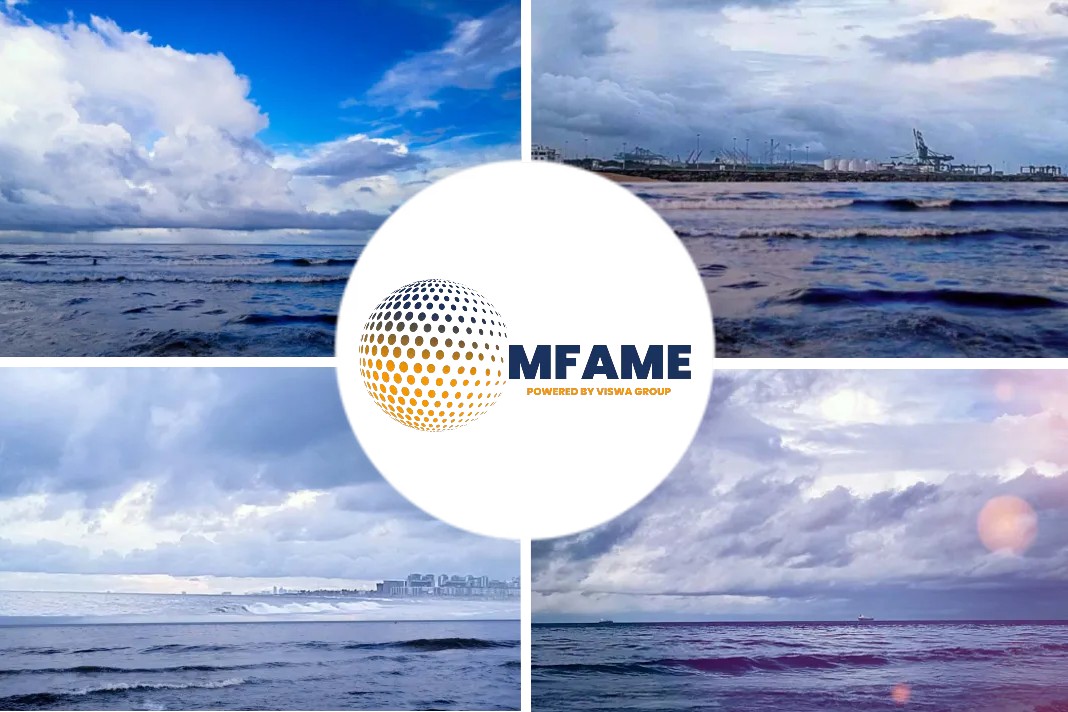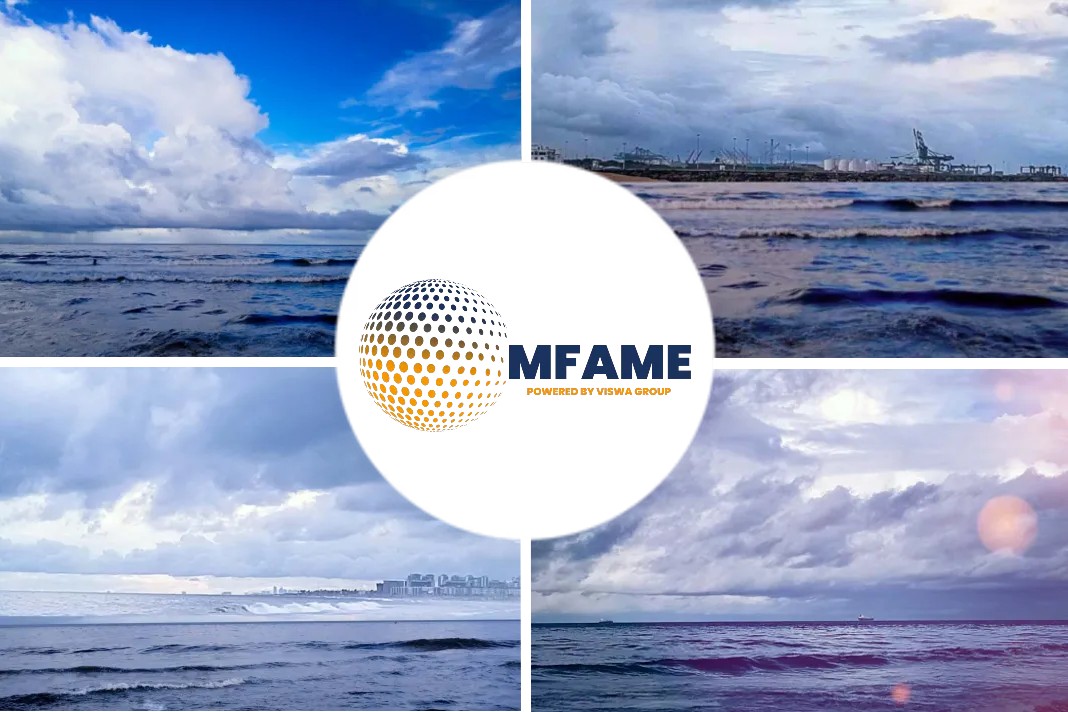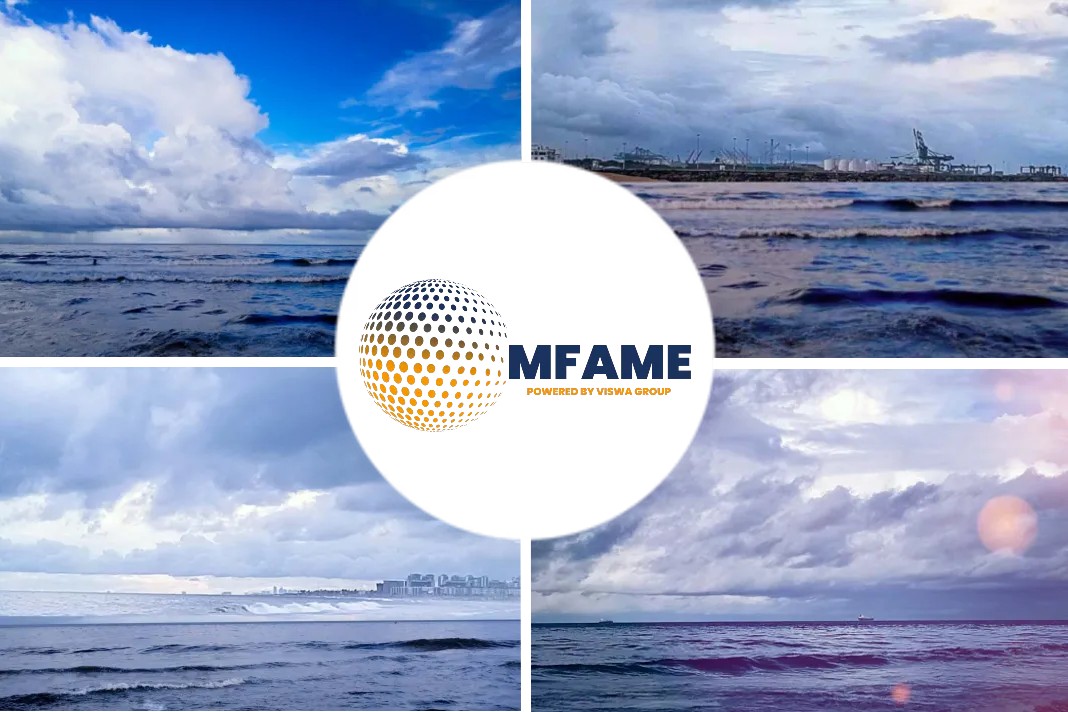 When ships sail on the open ocean, they are subjected to a large number of forces in all directions. Be it wave loads, structural stresses, wind forces or even turning forces, these vessels must be built to withstand all such loads and stresses.
When ships sail on the open ocean, they are subjected to a large number of forces in all directions. Be it wave loads, structural stresses, wind forces or even turning forces, these vessels must be built to withstand all such loads and stresses.
The first step in being able to counteract these loads is being able to understand the ship’s response to each of them.
Coordinates of ship
The X-axis runs along the length from the stern towards the fore. The Y-axis runs along the breadth or beam of the ship and is positive towards the port side. The Z-axis runs aloppng the height of the vessel and is positive in an upward direction.
Three Translational Ship Motions
Three translational degrees arising out of ship motions:
- Heaving (Vertical translation – Z-axis)- The vertical motion is known as heaving. When waves strike a ship moving along its path of motion, it creates a difference in buoyancy and weight forces. This force imbalance results in an upward and downward motion commonly referred to as heaving.
- Swaying (Transverse translation – Y-axis)- The transverse motion is known as swaying. This occurs specifically when the ship is struck by waves moving perpendicular to the motion of the ship. It results in a motion that rocks the ship and tends to shifts the vessel between the port and starboard sides.
- Surging (Longitudinal translation – X-axis)- longitudinal ship motion is known as surging. This arises due to the rapid acceleration and deceleration of the ship in a longitudinal direction that rocks the ship back and forth.
Three Rotational Ship Motions
three rotational degrees arising out of ship motions:
- Yawing (Vertical rotation – Z-axis)- The rotation that occurs about the Z-axis that is vertically located is known as yawing. It is brought about by a wave couple that acts perpendicular to the length of the ship. In general, it is impossible to keep a straight course when there are waves present, and there is always a small amount of yaw action on the ship.
- Rolling (Longitudinal rotation – X-axis)- Rolling is the rotation occurring due to wave action, about a longitudinal axis, that is equivalent to an axis parallel to our earlier defined X-axis. This type of motion is often caused by waves moving perpendicular to the direction of motion of the ship.
- Pitching (Transverse rotation – Y-axis)- Pitching is the rotation occurring about a transverse axis, equivalent to an axis parallel to the Y-axis. This action is common and results in an up and down motion of the fore and stern of the ship.
Did you subscribe to our daily newsletter
It’s Free! Click here to subscribe!
Source: Marine insight






















